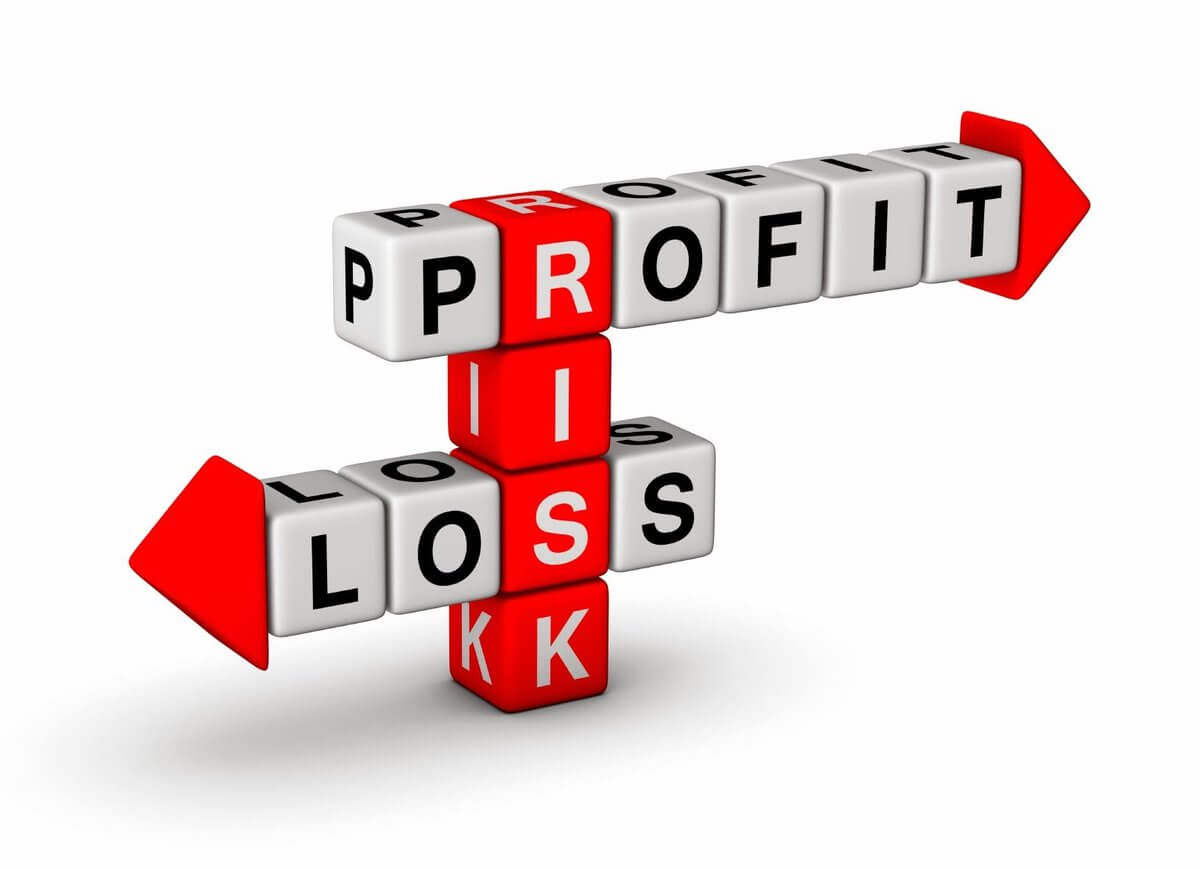What Rick a Typical Investor Faces?

Any investment is associated with one or another level of risk. Depending on the level of influence, investment risks are divided into systemic and non-systemic. Consider which risks are systemic and which are non-systemic.
Systemic (non-diversified) risks include:
- global risks - are risks that change market trends, both at the national and global levels;
- inflationary risk;
- this risk is associated with a decrease in the purchasing power of the national currency, leading to a drop in incentives to invest;
- nterest rate risk - the risk of losses caused by changes in interest ratesi;
- currency risk - caused by changes in the foreign currency exchange rate;
- political risk - is the risk of financial losses due to political instability, legislative changes.
The group of risks that are classified as non-systemic (diversified) includes:
- temporary risk - associated with the issue, purchase or sale of securities at an unfavorable time;
- selective risk - associated with an irrational choice of securities for investment in comparison with other securities in the formation of an investment portfolio;
- the risk of loss of liquidity - caused by the fact that the demand for securities may undergo significant changes;
- financial risk - associated with a change in the value of securities in connection with the policy of the issuing company;
- industry risk - associated with possible deterioration in the issuer's industry (affects the company's activities and performance of obligations under securities).
What should an investor do to minimize risks and losses arising from unexpected events? Let's present some risk management tools.
Portfolio diversification - an investment portfolio can include various assets with different levels of return and risk, or, for example, a portfolio of securities can include such securities, the return on which changes in different directions, with the same change in external conditions.
Use of derivative financial instruments - options, futures, currency and interest rate swaps. Risk hedging is based on the replacement of securities and the conclusion of contracts that give the right to sell or purchase a batch of securities on pre-agreed terms, distributing risks over time.
Fundamental analysis is an assessment of many internal and external factors, consists of 4 stages:
- analysis of the general state of the economy;
- industry analysis;
- analysis of the financial condition of issuing companies;
- determination of the fair value of the companies' stocks.
Technical analysis is aimed at studying the dynamics of prices for a specific financial instrument and building charts, diagrams, in order to predict price movements in the next period of time, identify repeating patterns on the chart and predict the direction of price movement for this figure.
The use of digital technologies - high-speed computers and fiber-optic lines, high-frequency trading strategies, cryptographic protection systems, automated investment consultants (robo-advisers).
Well, the investor needs to know that no investment is complete without a certain amount of risk. Understanding investment risk in its various forms can help an investor better assess opportunities, costs, and alternatives. In addition, the investor needs to be aware of the range of risks and returns for different types of assets. As a rule, the higher the risk, the higher the expected return, and the lower the risk, the lower the expected return. If the risk associated with an asset cannot be assessed, it is best not to invest in such an asset. If the assets have the same return, you should choose the one with the lower level of risk.